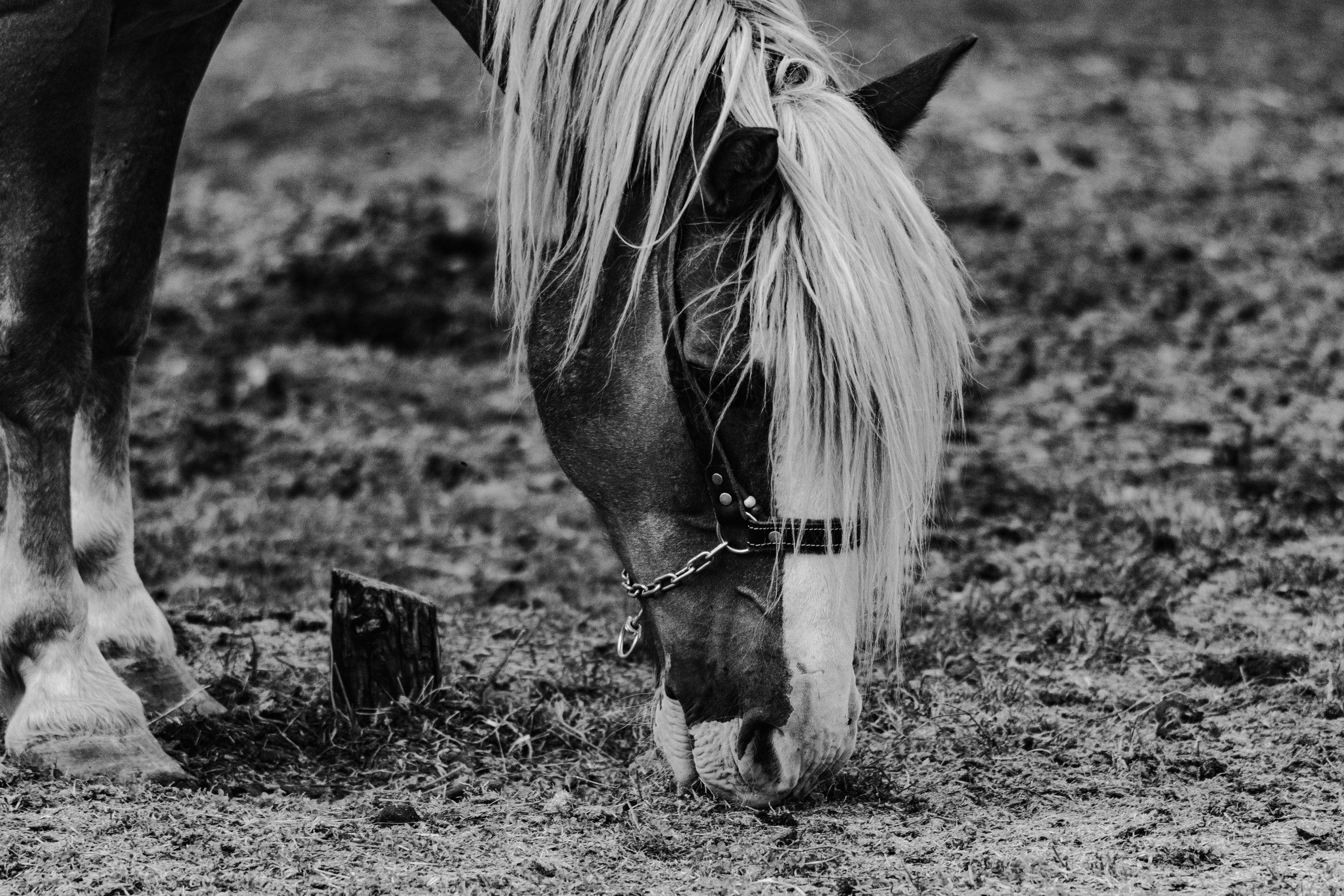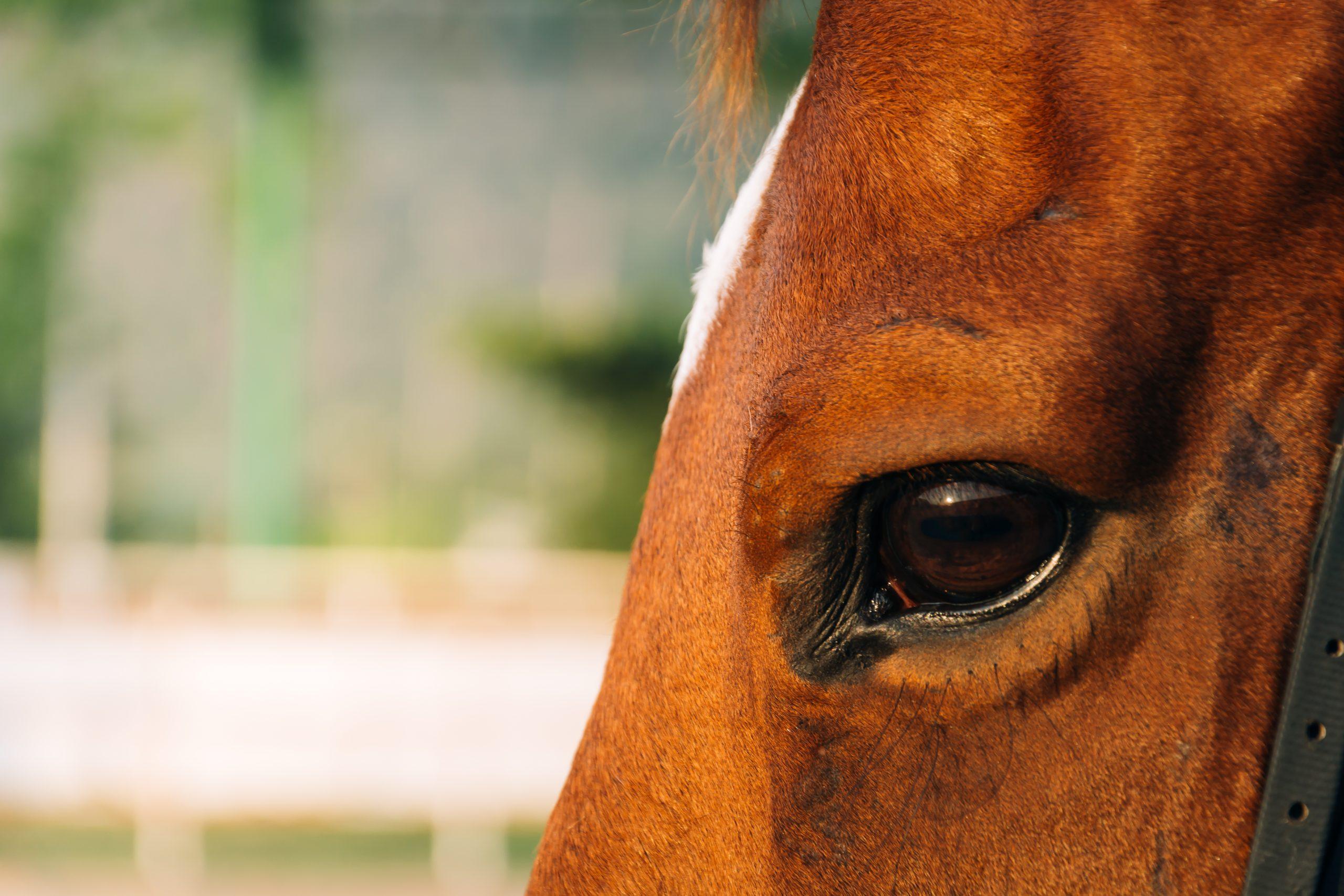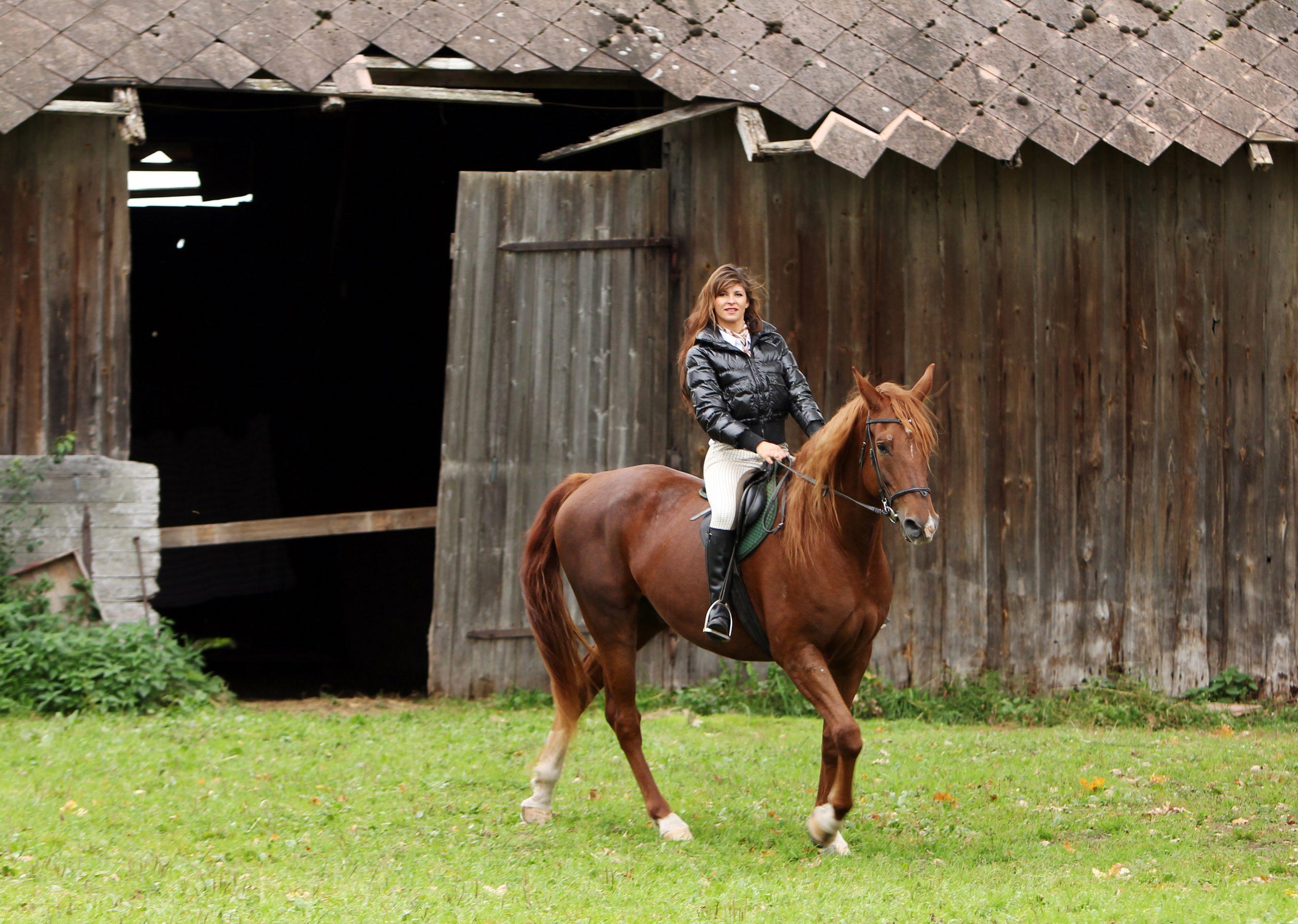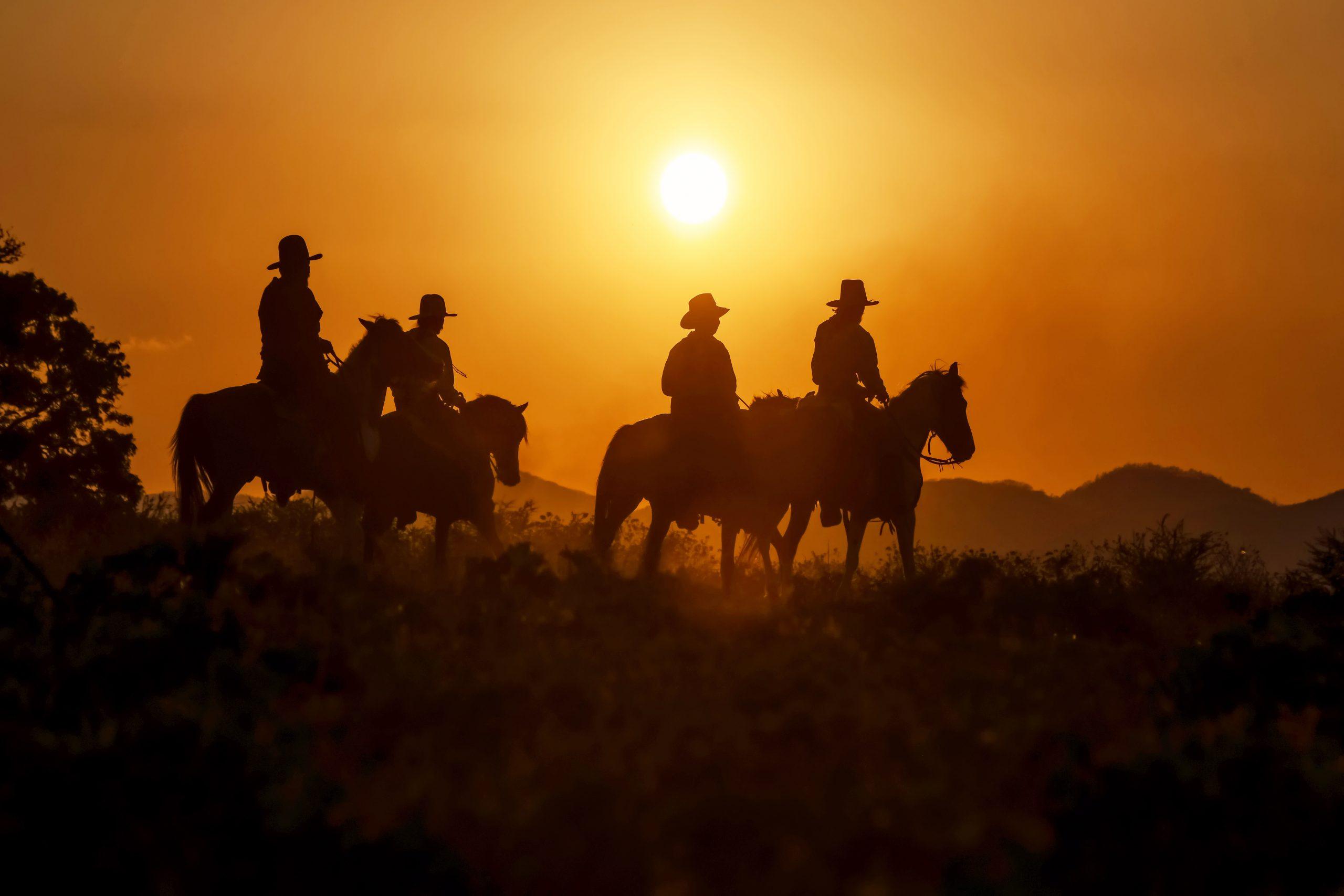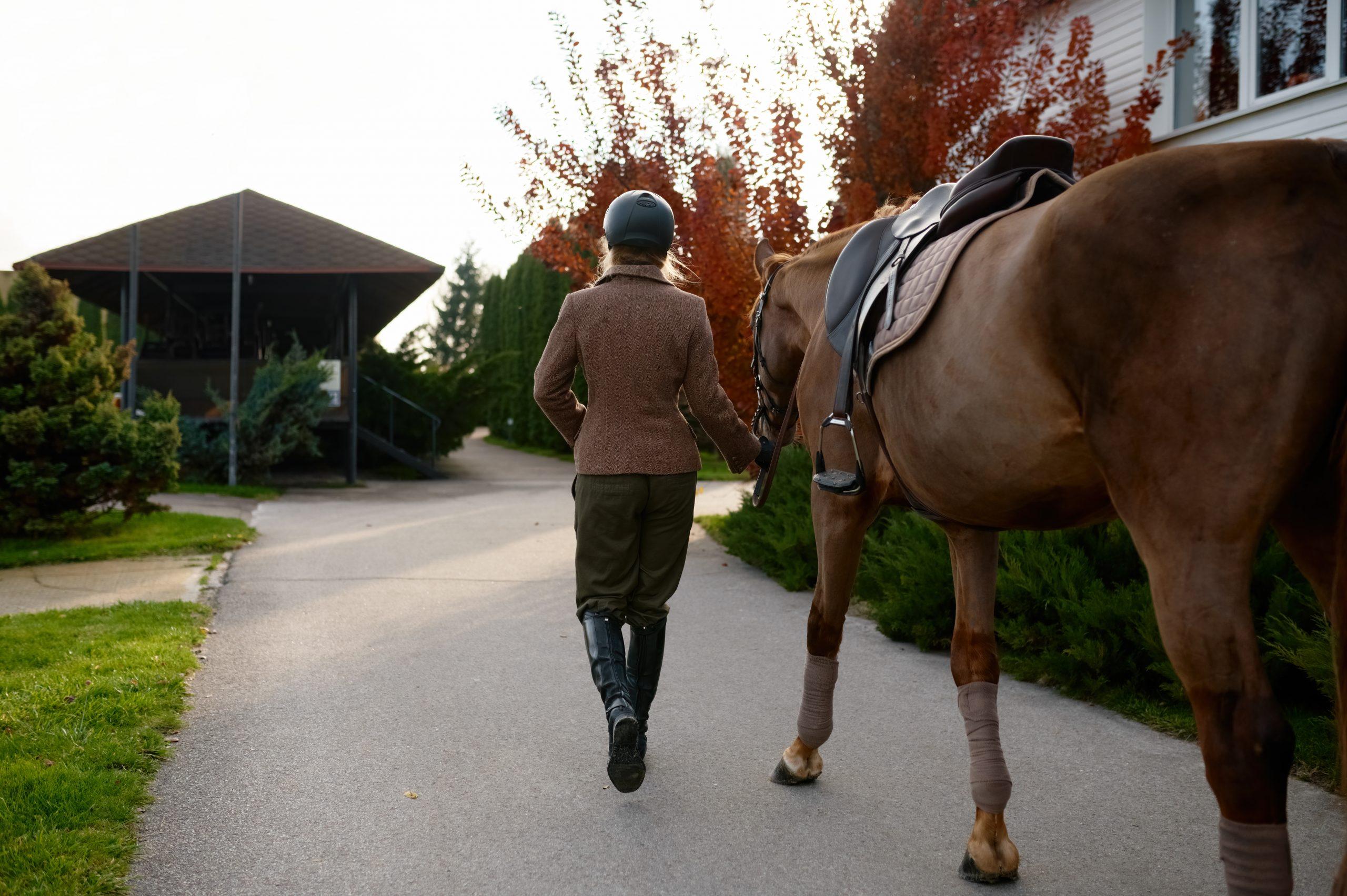To better understand how many calories you burn while riding a horse, it’s important to delve into the basics of horse riding. Along with your riding technique, several factors can have an impact on the calories you burn. In this section, we’ll take a look at these factors and how they affect the equation. So, let’s explore the sub-sections of understanding the basics of horse riding and factors that affect calories burned for a better understanding of this topic.
Understanding the Basics of Horse Riding
Horse Riding Fundamentals: A Professional Guide
Riding a horse requires knowledge and expertise. Beginners need to understand the basics before attempting to mount a horse. Here’s how to get started.
- Understanding the horse: Learning about horse behavior is crucial when it comes to riding safely. Knowing how horses communicate can help prevent accidents.
- Preparing for the ride: Make sure you have all the necessary gear before going on a riding adventure. Dress appropriately and factor in weather conditions.
- Mounting the horse: This step entails positioning yourself alongside the horse, maintaining balance, and climbing up onto its back with assistance.
- Basic Riding Techniques: Once on the horse, you’ll learn techniques such as sit-balancing, steering, and stopping.
- Dismounting from the Horse: Safety is key when dismounting, make sure that proper methods are followed so as not to spook or startle the animal.
When practicing these steps, ensure that you’re under supervision of an experienced rider or took classes with skilled instructors.
Understanding basic horsemanship skills is essential before starting your equestrian journey. Remember to always remain calm around horses and be patient when learning.
Stories shared among riders are full of adventures revolving around losing one’s stirrup mid-ride or falling off while galloping at full speed! However, even if all goes well, burning calories during a relaxing morning ride is over 200 per hour – more reason to take up this fun activity!
Prepare to be disappointed – sadly, having a horse do all the work doesn’t cancel out that second slice of cake.
Factors That Affect Calories Burned
When it comes to burning calories while riding a horse, several factors can influence the amount of energy expenditure. Rider weight, horse speed, and terrain are some of the crucial elements that play a vital role in calorie burn. The rider’s posture and riding style also impact overall energy expenditure. These factors collectively determine the number of calories one can burn when on horseback.
In addition to these primary factors, other elements like horse breed and age can also affect calorie burn. A younger and energetic horse will require more effort from the rider, leading to higher energy expenditure for burning calories. Apart from this, environmental conditions like wind resistance and temperature may also impact overall calorie burn during horseback riding.
Overall, it is essential to maintain proper posture and riding technique while on horseback to maximize calorie burn. It is an excellent way to improve cardiovascular endurance, build strength in legs and core muscles while enjoying nature’s scenic beauty.
Don’t miss out on the opportunity to get healthier by burning calories while embracing your love for horses. Grab your saddle and hit the trails today!
Get ready to burn off that slice of pizza you ate last night – horseback riding can torch up to 500 calories an hour!
Calories Burned While Horseback Riding
To understand how many calories you burn while horseback riding, you need to know the different ways of riding a horse. In order to determine the solution, this section with the title “Calories Burned While Horseback Riding” explores the benefits of walking on a horse, trotting on a horse, and canter and gallop.
Walking on a Horse
Horseback riding, while initially overwhelming for some, is an exhilarating experience. Not only can it strengthen the core muscles and improve posture, but it also offers a unique opportunity to interact with nature. Walking alongside or atop a horse is a form of low impact activity that can burn up to 150 calories in just thirty minutes. This means that even beginners can enjoy the benefits of light exercise while enjoying the scenery.
Proper technique must be utilized to maximize calorie burn while walking on a horse. Riders should maintain a slight bend in their knees and engage their core muscles by sitting upright in the saddle. Maintaining proper foot position in the stirrups is also important, distributing weight evenly between both feet.
Did you know that trotting and galloping speeds up calorie burn? Advanced riders can take advantage of these gaits to elevate heart rate while burning up to 280 calories per half hour. However, sticking to a walking pace can still provide excellent health benefits.
Pro Tip: Always make sure to wear appropriate clothing and footwear when horseback riding to ensure safety and comfort.
If you’re looking for a fun and horse-friendly workout, try trotting – just try not to bounce too much or you’ll burn calories in more ways than one.
Trotting on a Horse
When it comes to riding a horse, the athletic activity of trotting can help you burn calories. Trotting on a Horse involves maintaining a diagonal gait and requires balance and core strength to execute properly. As such, this physical activity engages several muscles and can increase your heart rate for a moderate cardio workout.
Trotting on a Horse helps burn approximately 150-200 calories per half-hour session. This calorie-burning level may vary depending on factors such as the rider’s weight, amount of time spent trotting, and the intensity of the workout. In addition, trotting can help improve one’s posture and enhance overall coordination.
For those looking to burn more calories while horseback riding, adding in interval training or hill work can increase intensity and elevate calorie burning potential. It is essential to maintain proper form to ensure muscle engagement and safety to maximize results.
Pro Tip: Keep in mind that wearing proper equestrian gear such as boots with heels is crucial for safety during any horseback riding activity.
Experience the thrill of burning calories and feeling like a cowboy by cantering and galloping your way to fitness!
Canter and Gallop
As you ride, the intensity of your activity increases. When the horse picks up its speed and performs in a way that requires more effort from both rider and horse, it is referred to as a ‘trot’. However, when the pace quickens even more, we refer to it as a ‘canter’. This motion is significantly swifter than a trot and necessitates greater physical output from the horse and rider. Galloping is an incredibly rapid movement that will require even more energy.
Riding at a canter or gallop will trigger more significant calorie burn due to the substantial demands placed on muscles. It entails maintaining balance on a moving animal while attempting to keep the reins in check, making riding far from passive activity.
Unique Details:
- Riders need to breathe rhythmically throughout their ride when riding at a faster pace, such as cantering or galloping.
- It’s also crucial to maintain your posture while remaining relaxed. Many muscles are only activated when the rider is sitting correctly.
True Story:
Laura recently began taking horseback riding classes for leisure; however, her initial lack of experience made her capable of just walking with her horse. As time passed by, she learned how to trot and eventually canter on her own. In addition to making progress in her riding ability, she noticed significant weight loss due to increased physical activity levels during each lesson.
You don’t need a gym membership when you have a trusty steed and some horseback riding pants that double as a workout.
Benefits of Horseback Riding for Fitness
To enhance your fitness, riding a horse can effectively build muscle strength and endurance, improve cardiovascular fitness, and enhance your balance and coordination. This section on the benefits of horseback riding for fitness with sub-sections Building Muscle Strength and Endurance, Improving Cardiovascular Fitness, and Enhancing Balance and Coordination will provide solutions for your fitness goals.
Building Muscle Strength and Endurance
Engaging in horseback riding activities can significantly impact one’s physical health. By regularly participating in equestrian sports, individuals can improve both their muscle strength and endurance levels. The rhythmic movements required to maneuver the horse stimulate various muscle groups throughout the body, resulting in increased overall strength.
Furthermore, maintaining balance and proper posture while riding also assists with strengthening core muscles. This is essential for individuals who may have poor posture due to sedentary lifestyles or desk jobs. Horseback riding offers an effective method to strengthen the abdominal muscles and the back and hips.
In addition, horseback riding has been found to have more significant benefits than other forms of exercise when it comes to improving endurance levels. Riding requires constant movement of the legs, particularly during trotting or galloping. Consistently exceeding cardiovascular thresholds helps with building greater stamina levels over time.
To maximize the fitness benefits of horseback riding activities, experts recommend incorporating various training techniques such as interval training, strength training, and plyometrics exercises into routines. Interval training involves alternating periods of high-intensity work with periods of rest or low intensity. Strength training focuses on exercises that help increase muscular power while plyometrics helps with increasing explosive power.
Overall, horseback riding is an excellent form of physical activity that provides several fitness benefits such as improved muscle strength and endurance levels. Incorporating specialized training techniques into routines helps in maximizing these positive impacts leading to better overall fitness levels.
Saddle up, because horseback riding is the only way to make cardio almost bearable.
Improving Cardiovascular Fitness
Participating in Horseback Riding Activities to Boost Heart Health
Horseback riding offers numerous health benefits, particularly for those who aim to improve their cardiovascular fitness. Engaging in this activity can enhance your heart rate, breathing pattern, and metabolic rate. As a result, horse riding helps reduce the risk of developing cardiovascular diseases such as stroke or hypertension.
In addition to that, horse riding provides relevant stimulus to different muscles that would otherwise remain underused. The legs achieve a good workout when riders maintain balance on the horse’s back while holding on tight with their calf muscles. Riders also use their abdominal muscles and arms to ensure control of the reins and maintain stability on the saddle.
Moreover, apart from strengthening muscles throughout your body, riding horses require constant movement and coordination related efforts necessary for good balance. So regularly partaking in this activity will go beyond just improving cardiovascular fitness but help tone other muscle groups as well.
If you want an enjoyable activity that will benefit your cardiovascular fitness significantly, then you should consider horseback riding. You can improve your health and have fun while doing it. Don’t miss out on this experience– give it a try today!
“The only time I feel coordinated is when I’m on a horse, otherwise I’m just a walking disaster.”
Enhancing Balance and Coordination
Horseback riding improves equilibrium and synchronization. The practice involves moving along with the horse’s rhythms, which activates and strengthens core muscles that support body alignment. This motion also trains riders to maintain steady posture while riding, enhancing their balance and coordination.
As one rides a horse, they learn to shift their weight intuitively to maintain stability despite changes in the horse’s gait or speed. Riders develop fine motor skills as they use reins and leg cues to communicate with the animal, thereby improving their coordination. Horseback riding is a full-body exercise that stimulates cognitive functions while promoting physical wellness.
Apart from improving balance and coordination, horseback riding helps riders connect with nature, reduces stress levels, and enhances confidence and self-esteem. As individuals improve their skills on horseback riding, they can engage in different types of competitions such as dressage or polo.
According to EquiMed staff writers (2019), “horseback riding has been shown to burn calories at a rate comparable to other moderate exercises such as cycling.” Therefore, regularly engaging in this activity can lead to significant long-term health benefits for individuals of all ages and backgrounds.
Get off your high horse and onto a real one for a fun and effective workout that will leave you in neigh-mazing shape!
Conclusion: Horse Riding as an Effective Fitness Activity
Horse riding presents a unique way for fitness enthusiasts to engage in physical activities that cater to their fit lifestyle. It is an effective method of strengthening the core, increasing balance and developing leg muscles. Furthermore, horse riding burns calories equivalently to traditional cardio exercises like running or cycling. Horse riding can become an integral part of a workout routine and contribute significantly to overall physical fitness.
Riding a horse works out numerous muscle groups as it demands one’s entire body strength. In addition, it challenges the rider’s sense of balance, agility and coordination – all sprouts of good physical exercise. As per research conducted by Mayo Clinic, horse riding for one hour can burn between 250-350 calories depending on the intensity and duration of the ride. Thus, avid equestrians should choose their mounts wisely while acknowledging their fitness goals.
In contrast to other workout routines, horse riding offers immense joy in addition to the physical accomplishments achieved during the activity. However, riders should maintain good posture while riding and use equipment designed explicitly for safety purposes like helmets or elbow pads where applicable. For optimum benefit from horse riding as a fitness activity, it is ideal for riders to supplement equestrian workouts with more traditional forms of cardio exercises like jogging or swimming.
To enhance results, riders should incorporate stretching into their daily regimen because just like any other sports person, stretching helps prevent injuries or soreness post-ride while improving flexibility. Retaining balance while dismounting or mounting contributes significantly to core development; therefore, regularly attempting this tricky feat can be an excellent complementary exercise routine.
Overall, horse riding offers exhilarating ways of getting fit without feeling the burden much while simultaneously appealing aesthetically through immersive equestrian experiences.

